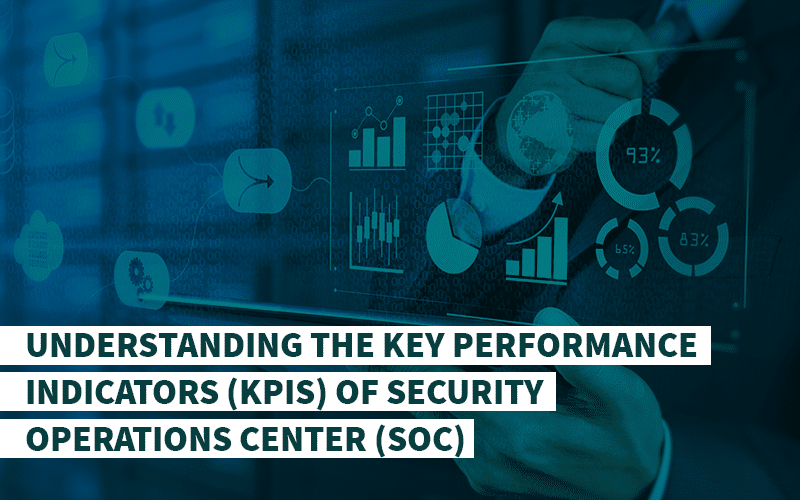
SIRP 2020 Security Analysts Survey Attitudes to Automation
July 23, 2020
Staff morale reaches low ebb at resource-strained Security Operations Centres
August 7, 2020
SIRP 2020 Security Analysts Survey Attitudes to Automation
July 23, 2020
Staff morale reaches low ebb at resource-strained Security Operations Centres
August 7, 2020BLOG
Understanding the Key Performance Indicators (KPIs) of Security Operations Center (SOC)

In order to measure the progress towards the desired goals, organizations need to establish a set of KPIs, also known as Key Performance Indicators (KPIs). Similarly in cybersecurity, this helps SOC to determine the effectiveness of cyber security operations and identify the most crucial goals of incident management program.
Every organization has a different approach to measure these KPIs which varies according to what objectives they are trying to achieve and what decisions they wish to take in order to aid the security operations.
But why measure SOC KPIs in the first place?
An EY Report indicates that 36% of organizations in the financial services sector are concerned about “non-existent or very immature” metrics and it’s reporting, when it comes to cybersecurity efforts.
This is despite spending millions on cybersecurity for the sake of compliance but as the saying goes “you can’t manage what you can’t measure”. Similarly, you can’t measure your security if you’re not tracking specific cybersecurity KPIs.
The threat landscape is evolving and an effective security operations program requires actionable information on which informed decisions can be based. These quality KPIs serve as a security program enabler and driver for continuous improvement. Moreover, KPIs help ensure that all process or technology gaps are addressed to enable an effective cybersecurity strategy.
Although a SOC can provide you with a holistic view of all security-related insights and is equipped with the tools, expertise and methodologies to detect and respond to cyber threats. However, organizations need to have relevant and actionable KPIs in place to ensure that it is really delivering on these promises.
SOC KPIs to Improve Efficiency
There are no set benchmarks for SOC KPIs but rather a very subjective approach which is only determined when the organization clearly knows what they’re trying to achieve by implementing a security operations program. That being said, KPIs should be simple, relevant, actionable and easy to measure with a clear understanding of how they affect the security program.
Below are some of the examples of KPIs for SOC:
- Number of Total Alerts: How many alerts have been received?
- Number of Reported Incidents: How many incidents are reported within a certain timeline?
- Number of Open Alerts Escalated: How many open alerts were escalated further?
- Number of devices being monitored: How many devices are being monitored?
- Number of events per analyst: How many events were addressed by an analyst?
- Number of false positives alerts: How many false positive alerts did SOC encounter in a week/month?
- Mean Time to Detect (MTTD): How long it takes to become aware of a potential security incident?
- Mean Time to Respond (MTTR): How long is it taking to resolve an actual security incident?
- Mean Time for Investigation: How long is it taking to complete an investigation process?
Although there’s no hard and fast rule to a perfect set of KPIs but if your existing KPIs do not reveal valuable information regarding critical components of a security program, then those KPIs aren’t useful. The KPIs you set should accurately communicate relevant information to the key stakeholders regarding cyber security performance.
Without solid KPIs to rely on, you won’t be able to make informed cybersecurity decisions and won’t be able to quantify the value and performance that your security operations are delivering when you talk to the board members.

